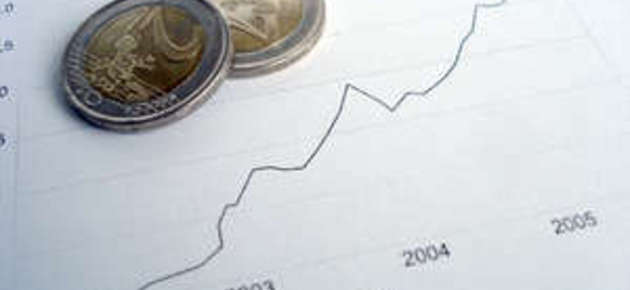Return-implied volatility dynamics of high and low yielding currencies


– We examine how the size and sign of high and low yielding currency futures returns influence implied volatilities in the currency market, Äijö explains.
The results indicate, that carry trades, investors' behavior, risk exposure, and global risk explain return-implied volatility dynamics in the currency markets.
– Especially during a volatile period, the behavior of the return-implied volatility relationship of high yielding currencies, such as the Australian dollar, Canadian dollar, and British pound, has some similarities with that in the stock markets, while low yielding currencies behave the opposite way.
– Investment currencies generally exhibit a negative asymmetry, while funding currencies, the Japanese yen in particular, exhibit a positive asymmetry, Äijö tells.
Article was published in Journal of Future Markets.